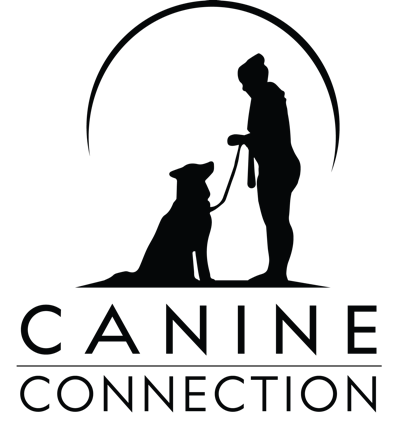Safety Considerations for Kids & Dogs
Dogs have a special place in children's lives. We envision that incredible bond that they will cherish forever. However, ensuring your children's safety when interacting with dogs is crucial. We must remain vigilant and adjust our approach as children grow to establish a safe and secure relationship between your children and your dog.
Part 1: Dog Safety With Babies and Toddlers
Babies and toddlers require constant supervision when interacting with dogs as they are most susceptible to injury and accidents. I always recommend a safety buffer to protect both the baby and the dog.
“Dog and baby on the scene, a parent in between” - Family Paws
This can be as simple as your body or may be a crate, gate or tether. There are many ways to allow your dog to observe without having a close and potentially stressful interaction.
Some simple techniques that parents can employ include:
Use ‘Success Stations’ to help the dog be successful during times when you can supervise fully or it might be unsafe. A success station is a crate or gated area that the dog is comfortable in with something yummy to keep them occupied. Ex: Baby gated room with a frozen kong.
Incorporate parent guide activities with your dog and toddler. There are many enrichment games that your toddler can help with. This builds a positive association for the dog and also gives the child the opportunity to help and interact safely.
Be proactive with your ‘Success Stations’. If you are working, on your phone or even just extremely tired, it can be impossible to actively supervise.
Always invite your dog over to say hi. NEVER allow your toddler to approach your dog.
Put the dog away in another room or crate if you have a babysitter. It’s unfair and potentially unsafe to have them supervise everyone.
Use guided touch to teach gentle and respectful petting. Always model gentle touch and calm play around your dog. Your child will try and copy what you do.
We also always need to consider the temperament of the dog. Knowing your dog’s sensitivities and limitations will help you decide when to include them and when to use a success station. It is really important to understand your dog’s body language and stress signals. We also need to be cautious with each new baby in the family. The dog’s behaviour might not be the same with one child to the next.
Part 2: Dog Safety with School-Going Children
Young school-going kids are often curious and interested in interacting with dogs. However, they still require supervision and guidance. The most common causes of dog bites in this age group of children are when they approach the dog or go for their toys or treats.
To keep school-going kids safe around dogs, remember these tips:
Teach kids not to approach dogs they don’t know and the skills they need to approach and say hi to a dog when it is appropriate.
Teach children dog body language cues and play detective together! How is that dog feeling right now? What are their ears doing? Their tail? Their eyes? …decode their emotions together. This is a huge safety skill and also encourages empathy for another creature.
Never allow children access to food bowls, treats and beds. Use extra safety measures if your dog has a history of resource guarding or you are unsure of their response.
Guide children through inclusive and fun enrichment activities with your dog so they feel included. How much inclusion we can do at this age depends on the dog and the individual child. Always work with a trainer if you are unsure.
Part 3: Dog Safety with Teenagers
Teenagers are often involved in numerous activities, which could shift their interest from playing and spending time with their dogs. However, we can still ensure that dogs receive proper care and attention from teenagers while prioritizing their safety.
Some tips for ensuring safe interactions among teenagers and dogs include:
Encouraging teenagers to take the dog for daily walks to maintain a healthy relationship.
Assign household chores such as feeding, grooming, and walking dogs to keep teenagers engaged and help build their sense of responsibility.
Include your teenager in your training and exercise routine with your dog. Ensure they understand their body language and stress cues.
Part 4: Final Thoughts
In conclusion, parents must take a professional approach in ensuring the safety of their children while interacting with dogs. Parents should be watchful and adapt their strategies to cultivate positive relationships between children and dogs. Teaching children to respect and appropriately interact with dogs can foster responsible ownership and lifelong companionship.
Moreover, parents should be prepared to seek assistance from veterinary experts and positive reinforcement dog trainers if they discover any warning signs of potential aggression from their dogs towards children. By prioritizing safety and taking an informed approach, we can establish healthy relationships between children and our furry friends based on trust and mutual respect.



